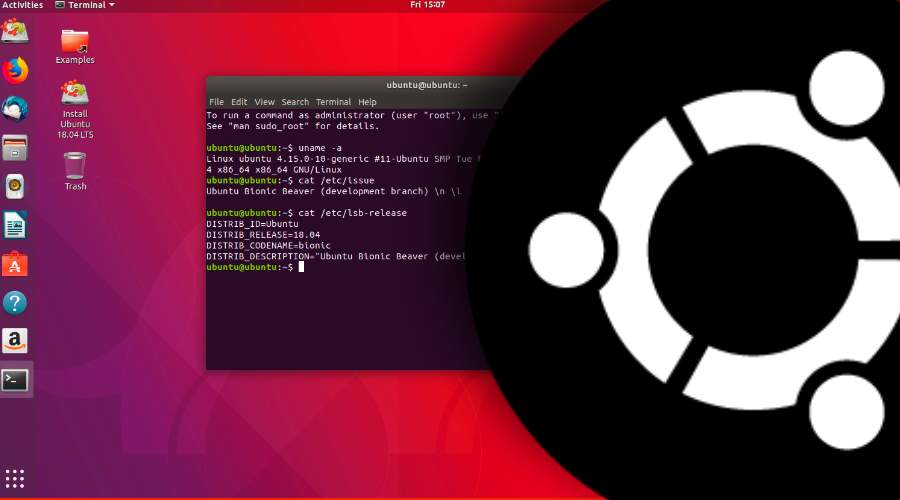
In this way, we can open and run System monitor on Ubuntu or its based Linux operating system using a single command to help users to manage the process of the system. Now, whenever you want to access the Monitor tool on Ubuntu just use your assigned keyboard shortcut keys. Press the Keyboard Keys which want to assign as a shortcut.Give some name and a command to your shortcut:.Scroll down to the end and click on the +icon.
Ubuntu open terminal shortcut how to#
First, this guide will show you how to create the desktop shortcut launcher manually while the later example will use application gnome-desktop-item-edit command to simplify the desktop shortcut launcher creating process. If you don’t want to go different steps in order to access Gnome system monitor then simply set a keyboard shortcut for it on Ubuntu. In this tutorial we will be creating an example desktop shortcut launcher for Skype application installed on Ubuntu 18.04. Open the Terminal either through the Application launcher or the Ctrl+Alt+T shortcut and run the following command: gnome-calculator. For a Terminal-savvy person, accessing Calculator through the command line is pretty simple. If you have installed the System monitor manually then you can remove it easily using the following command: sudo apt-get remove gnome-system-monitor Set a keyboard shortcut for Monitor Keyboard shortcuts are combinations of keys that allow you to perform actions, such as opening the settings dialog or accessing a feature inside Terminal. Method 4: Open from the Terminal application. Use the arrow keys to quickly access previously run commands. Used: Amount of storage has been occupied.Īt the end it also provides a graphical representation to denote the percentage of space has been used by a corresponding device. Pop up command window (for quickly running commands).Available: How much space is left to use in some partition.


The window is divided into three tabs processes, resources, and file systems. It is divided into different columns that are: You can now press the CTRL + ALT + DEL keyboard combination to open up the task manager in Ubuntu 20.04 LTS. It is the last tab in the row of Gnome system monitor, which work as per its name and shows all about the currently available system on your Ubuntu computer. In the Resources of the Ubuntu Gnome system monitor, you will get to know about the performance history of the system by CPU, Memory and Network wise but in a Graph representation. The Process Tab of the Monitor provides information about the Process Name, the user uses some particular process, Percentage of CPU consumed by any process, its ID, Memory consumption, Disk read in total and Disk writes in total. Shortcuts for the Gnome system monitor options are as follow: If some of it not behaving well and you want to kill it then simply select the process right click on it and select Kill option.

Step 4: How to use System Monitor in UbuntuĪfter opening the system monitor you will get a list of all process running on your Ubuntu system.


 0 kommentar(er)
0 kommentar(er)
